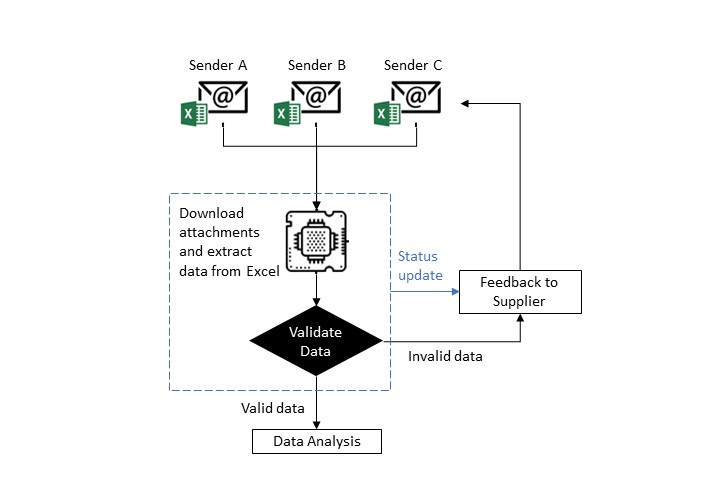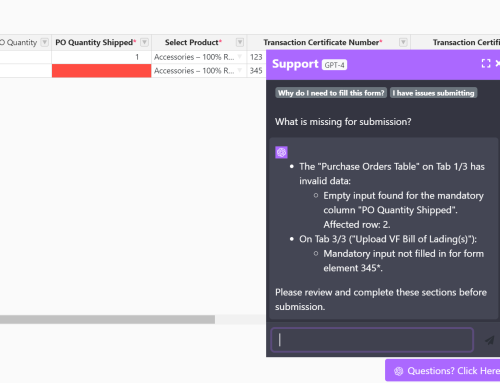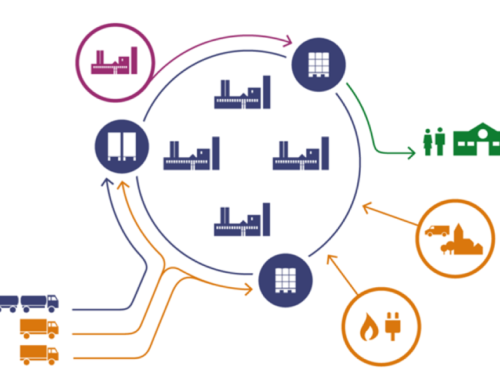Customers are having increasing expectations on the products and services they receive in which they demand better quality, faster and more personalized products and services, more transparent supply chains, and lower cost. To cope with these expectations, manufacturing companies have to collaborate with all supply chain players to gain visibility in the quality and delivery processes in their upstream supply chain.
However, different players use different systems and practices, which very often are not compatible with one another, to manage their quality and delivery processes. One common practice is to export the data to Excel and send them across via emails for monitoring purposes.
What if a global retailer has hundreds of thousands of vendors spreading across the globe who use different systems to manage their delivery and quality? Instead of hiring an army of analysts consolidating and verifying quality and delivery information from all the vendors and trying to generate insights from those inconsistent and error-prone data, automating the data retrieval, extraction, and validation processes could be a much more efficient and effective measure.

We are currently working with a global footwear brand to automate these processes using Automail, and foster supplier collaboration without having to change their existing practices. The engine fetches email from the company email server, performs security check, downloads and extract the data on the excel files using artificial intelligence. The engine will also provide feedback and comprehensive call to action should there be any error detected in the process of extracting the data or the data itself.
Once the data are extracted and validated, it can be sent to the supplier management and business intelligence applications where the analysts and stakeholders can analyze, strategize, and interfere with the processes as and when necessary. Not only is this system eliminating the boring tasks and helping the manufacturing companies save money, but it is also flexible in that it can be deployed very quickly and integrated with existing business applications, without having to rebuild one.



